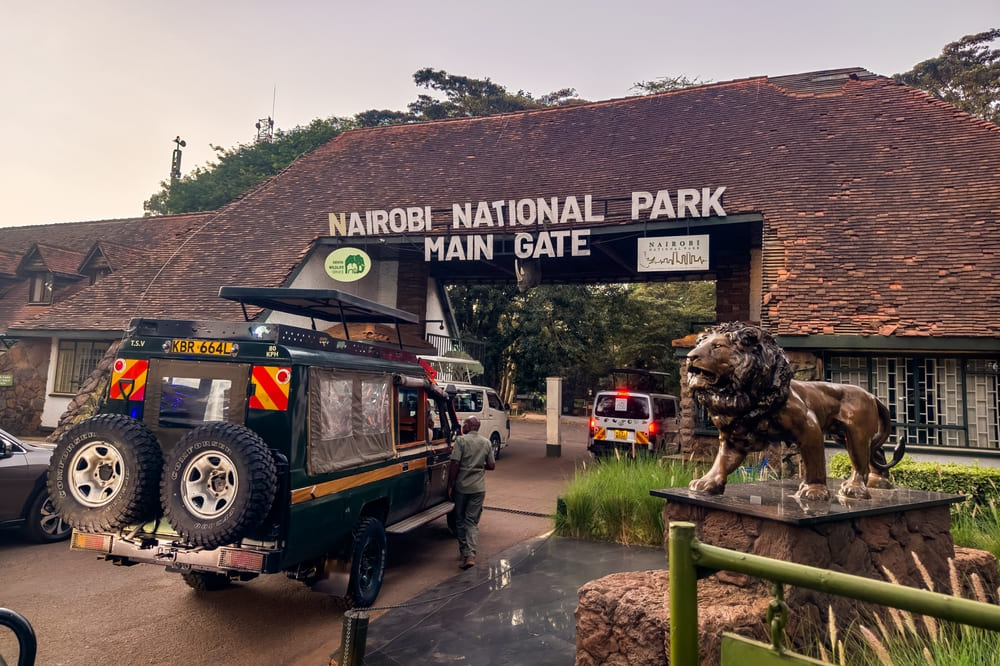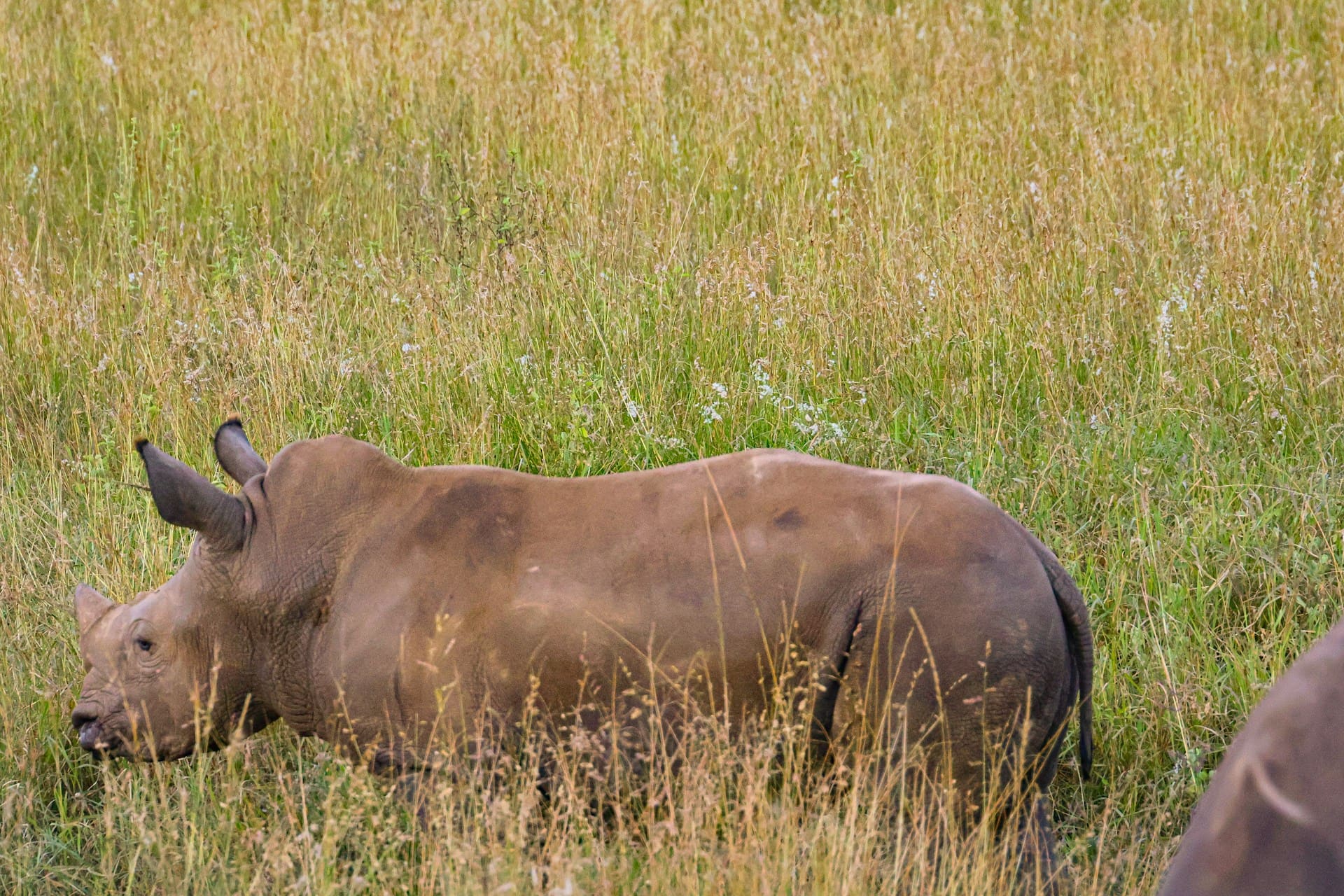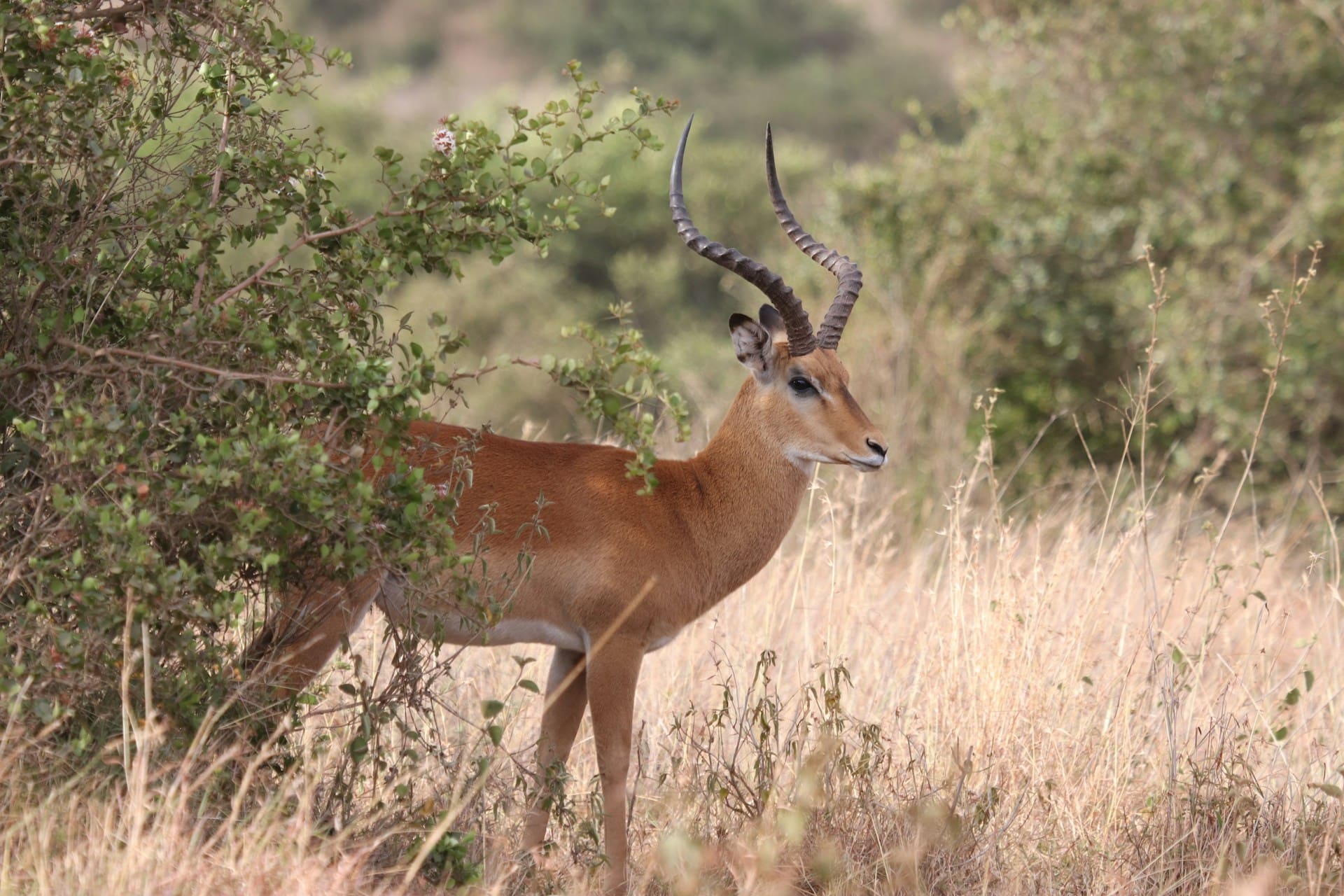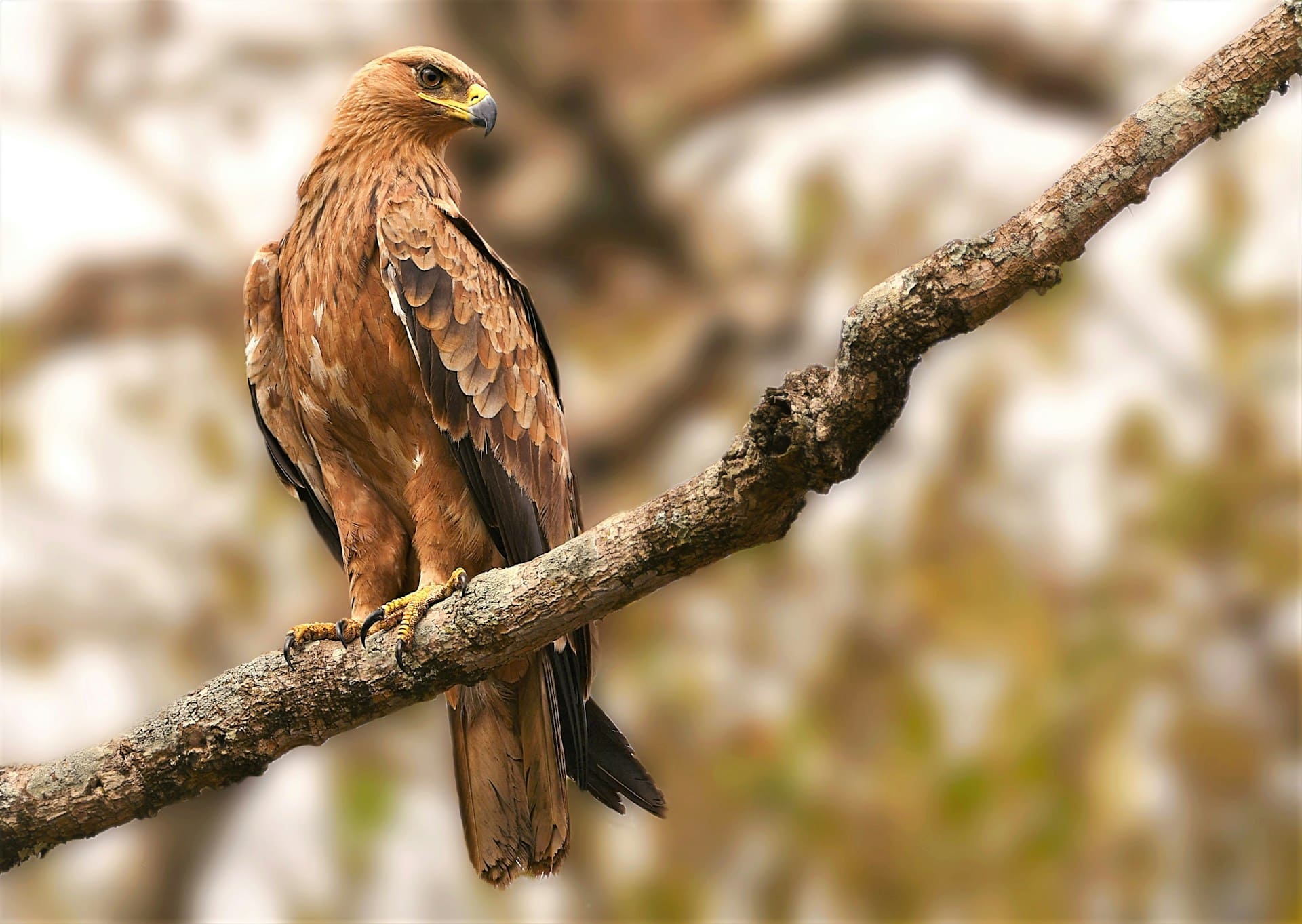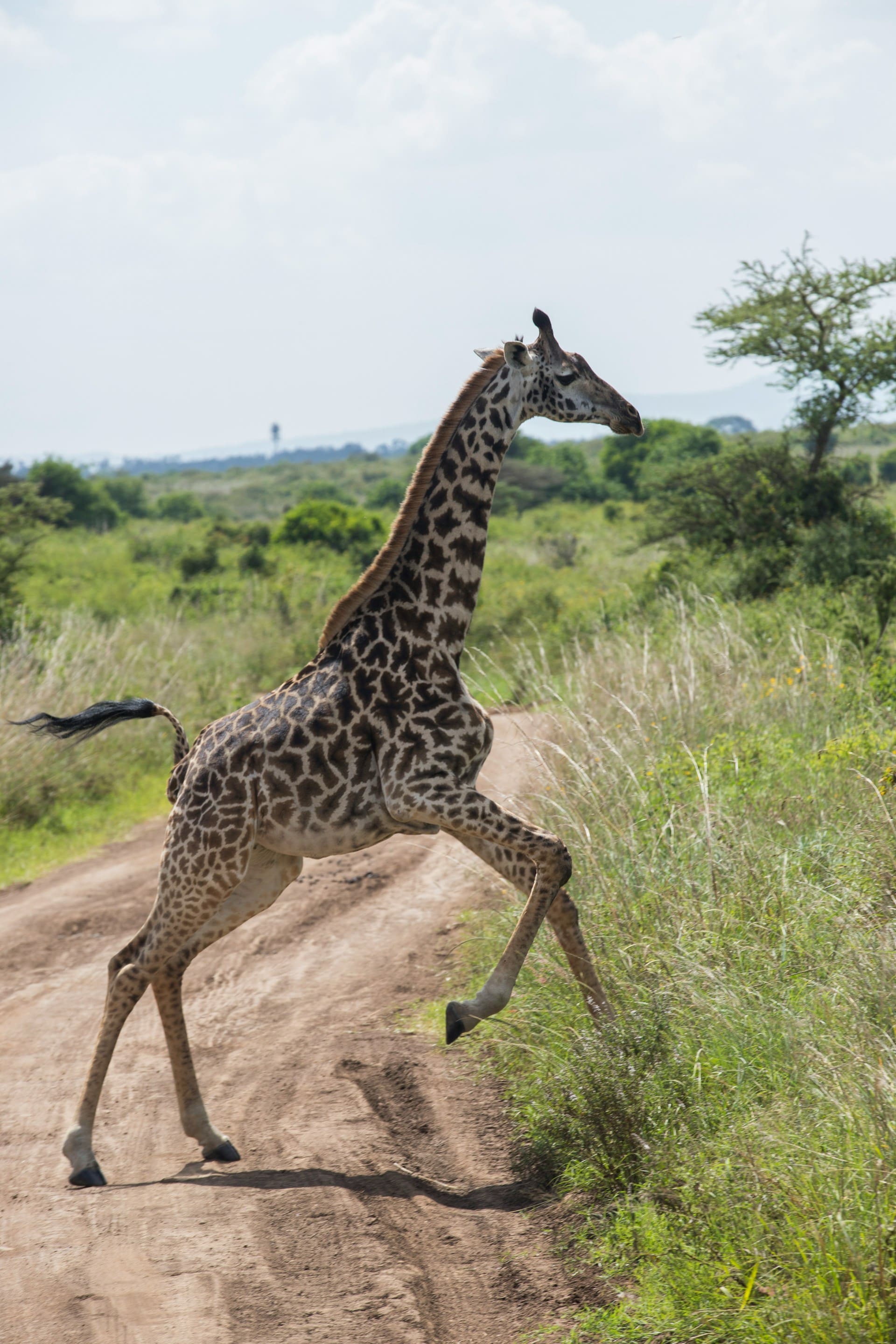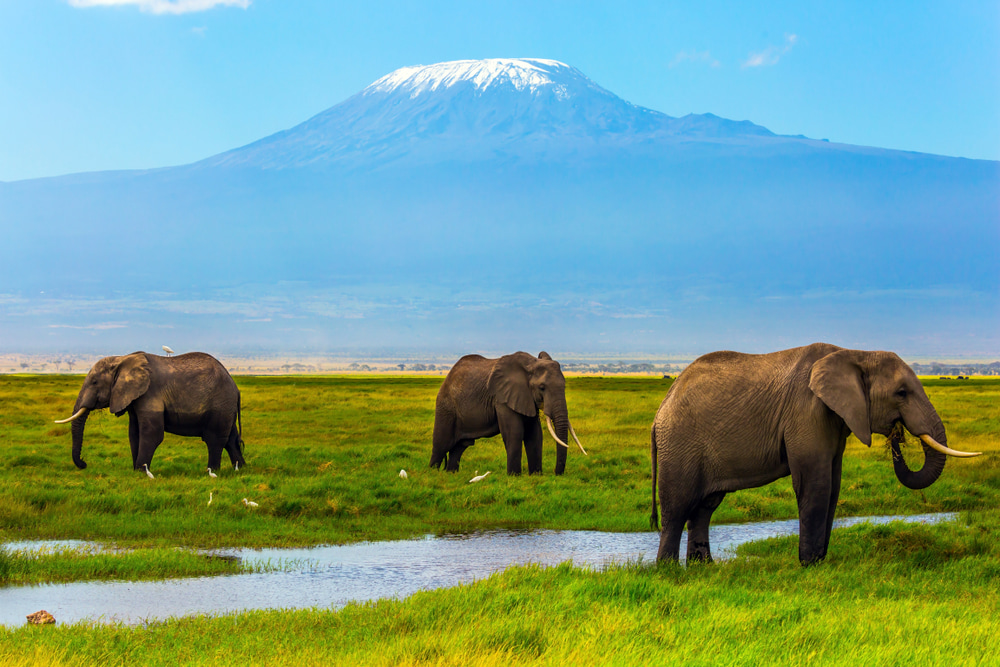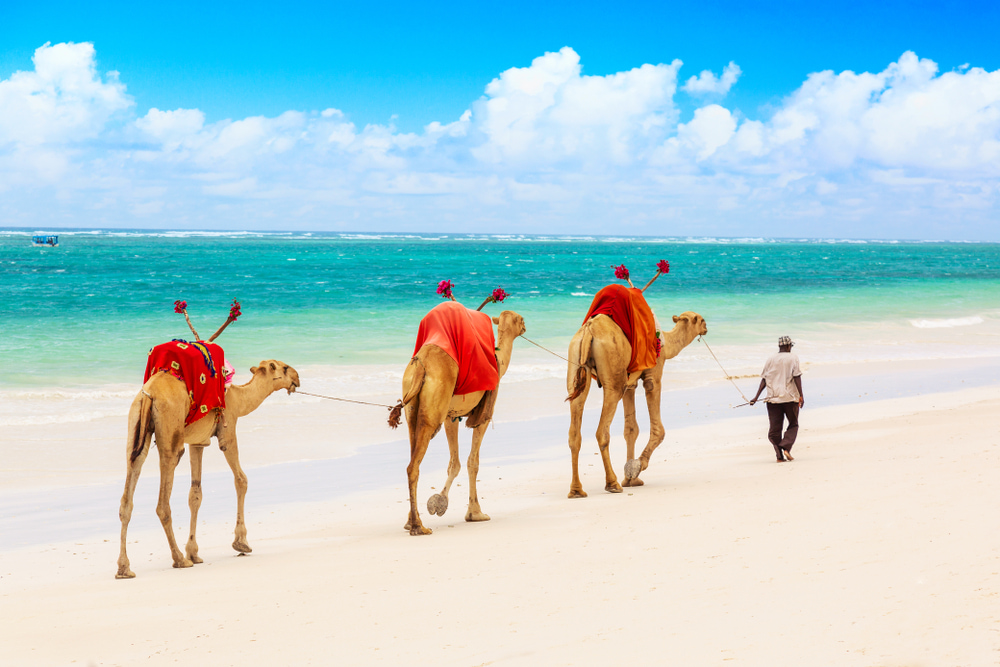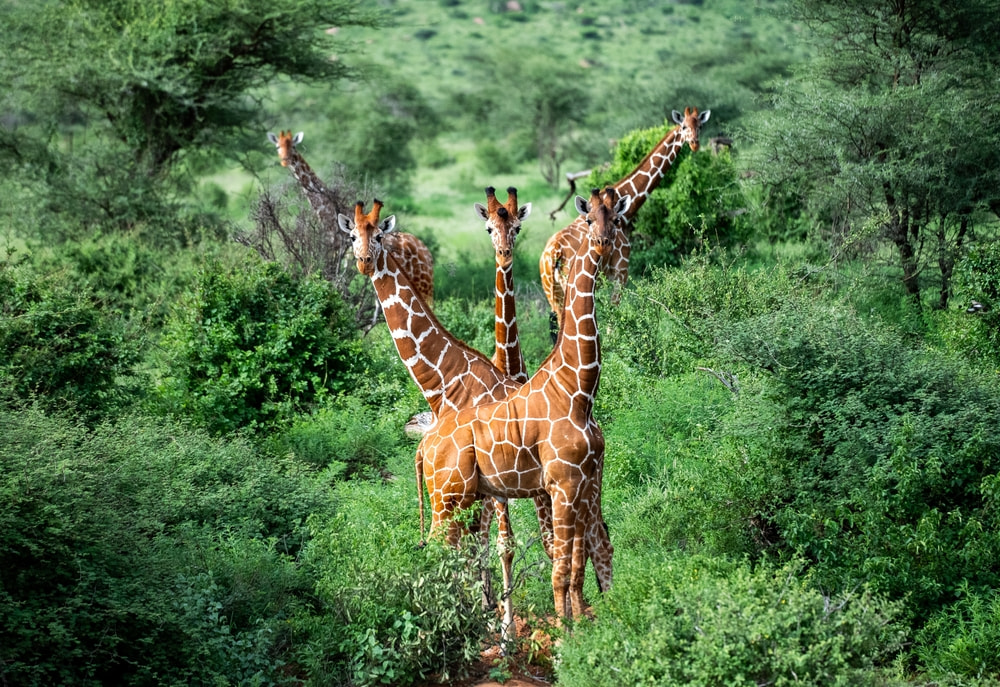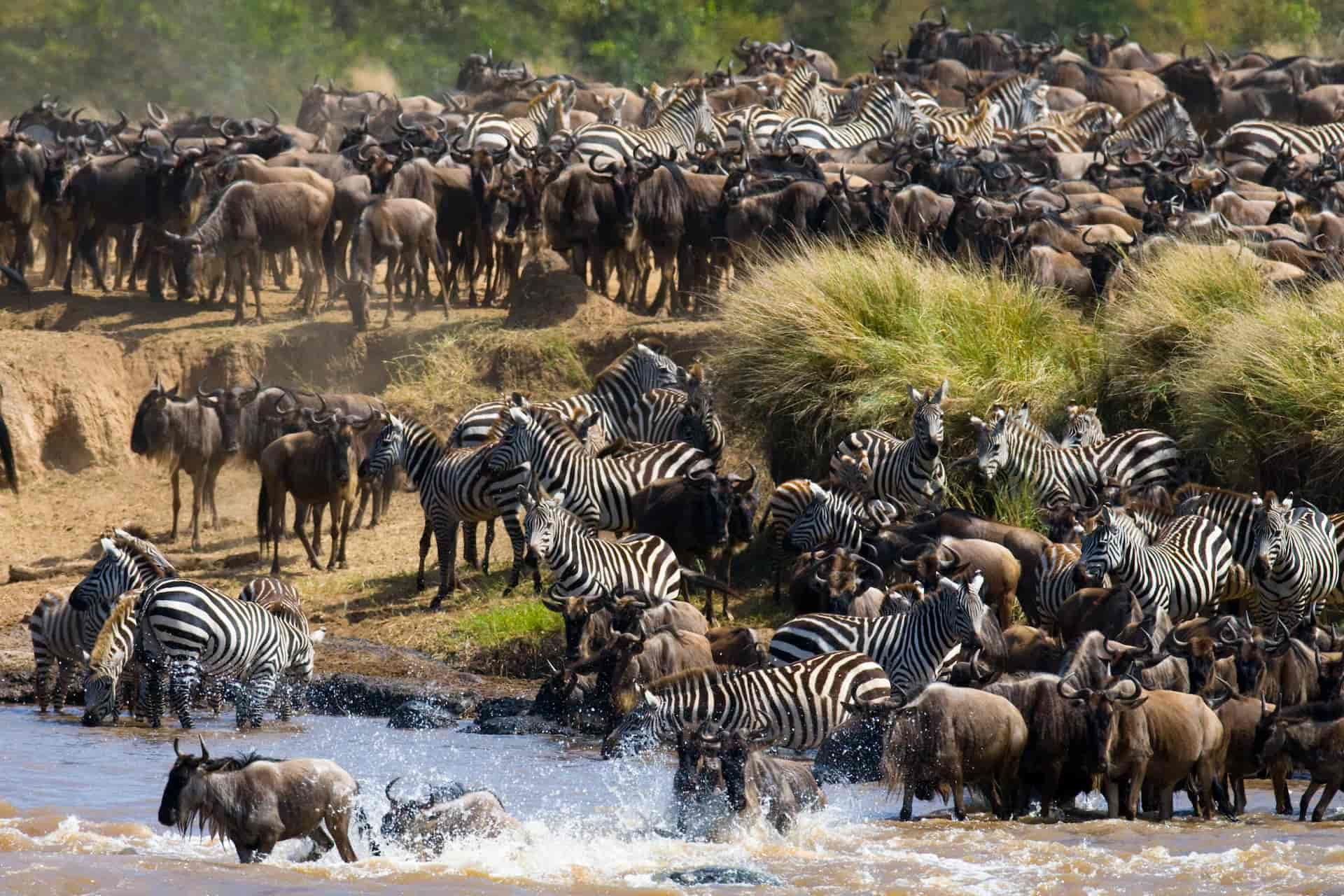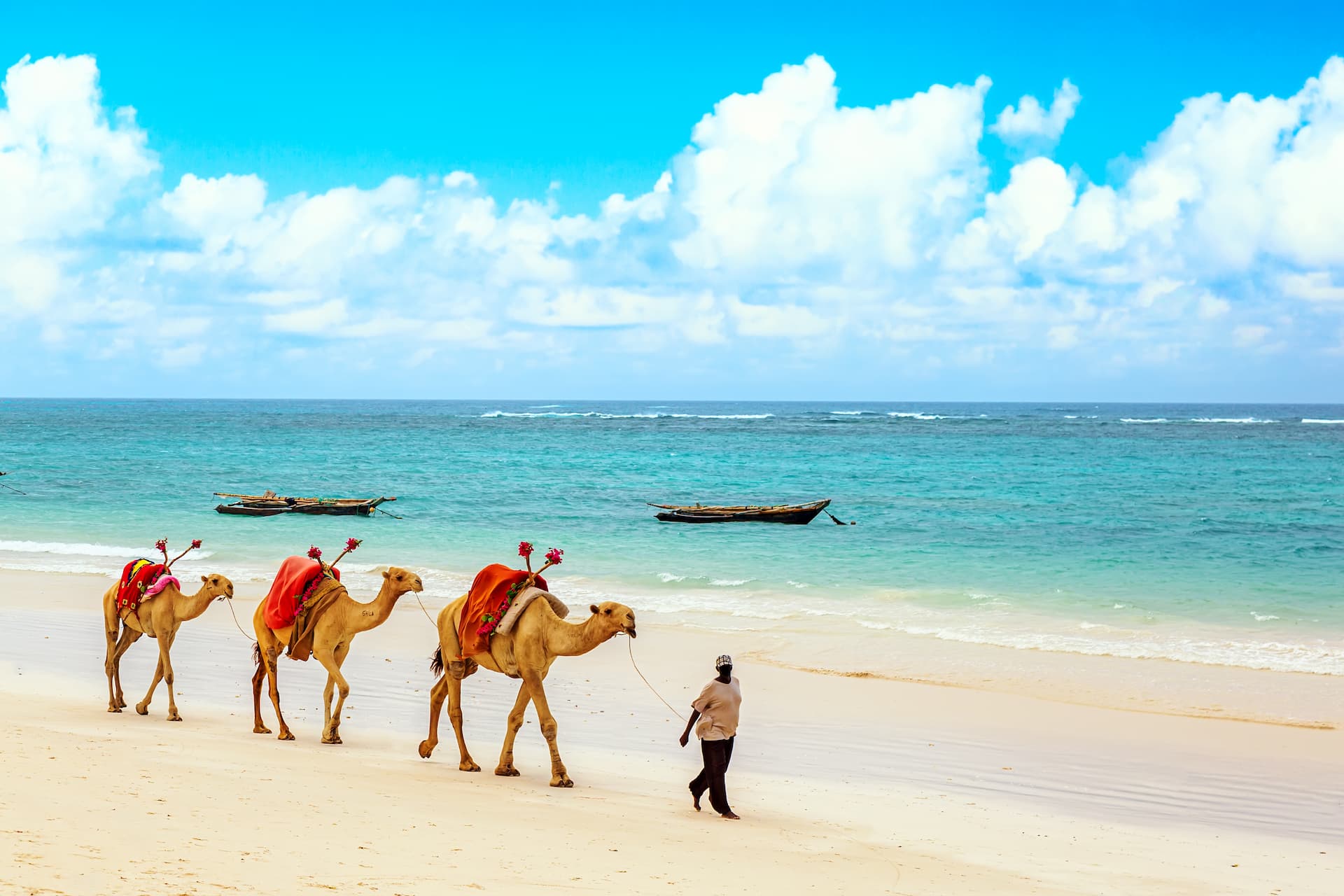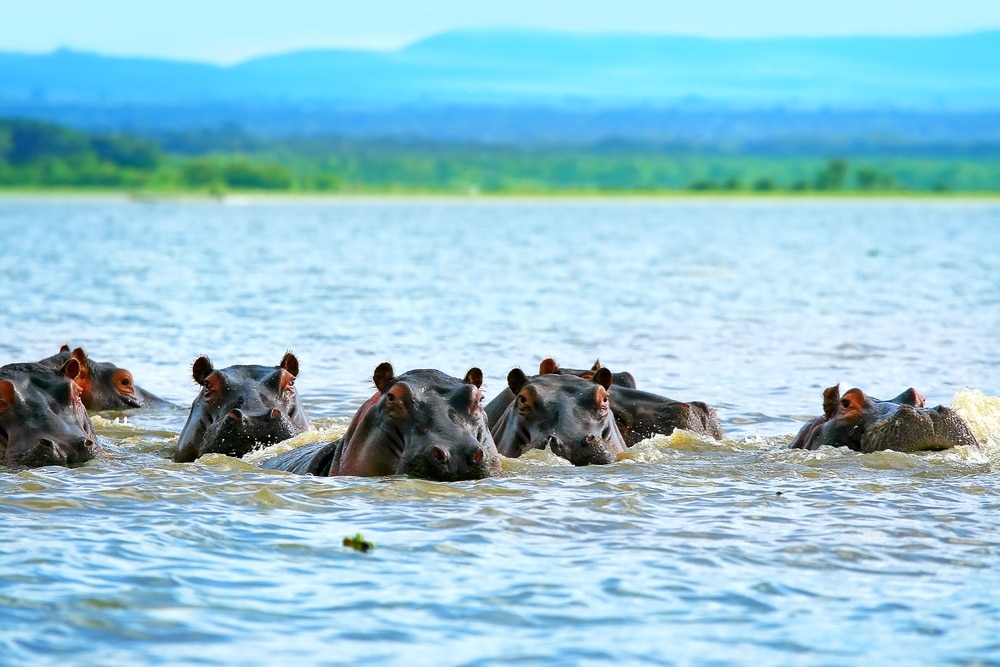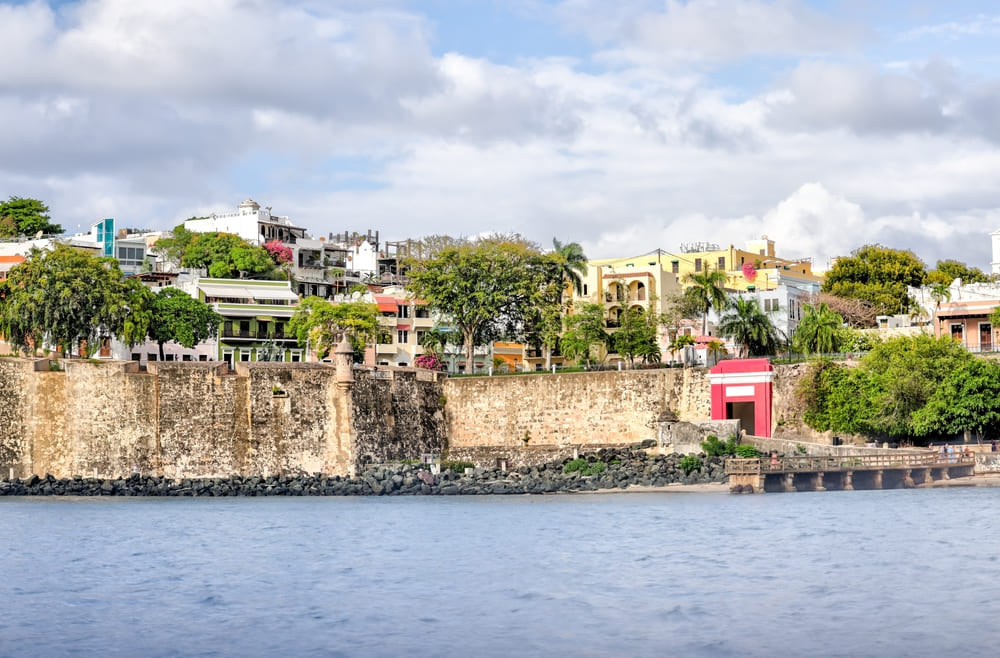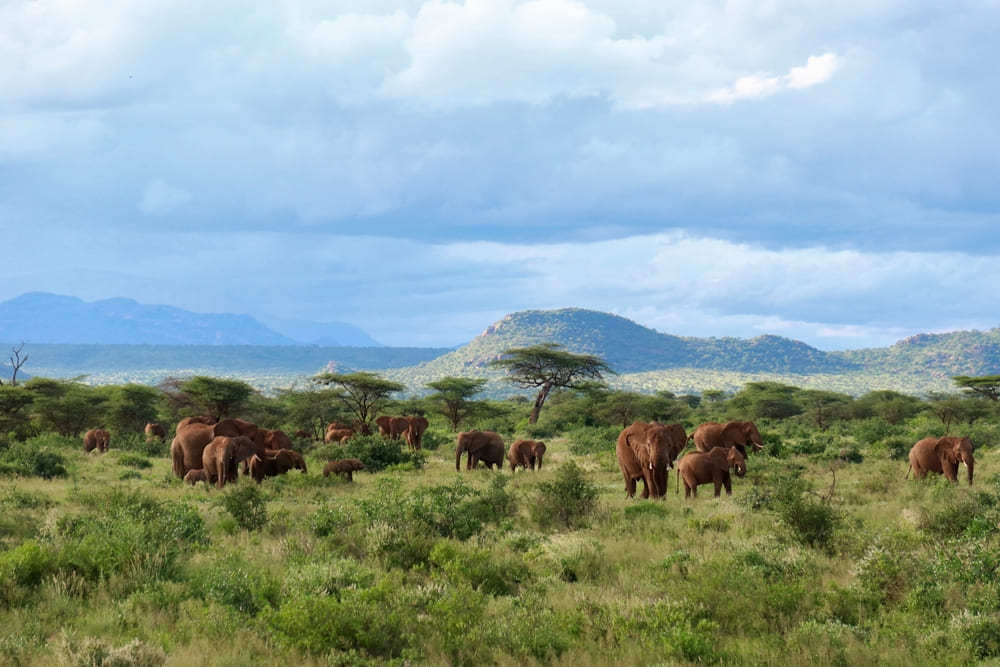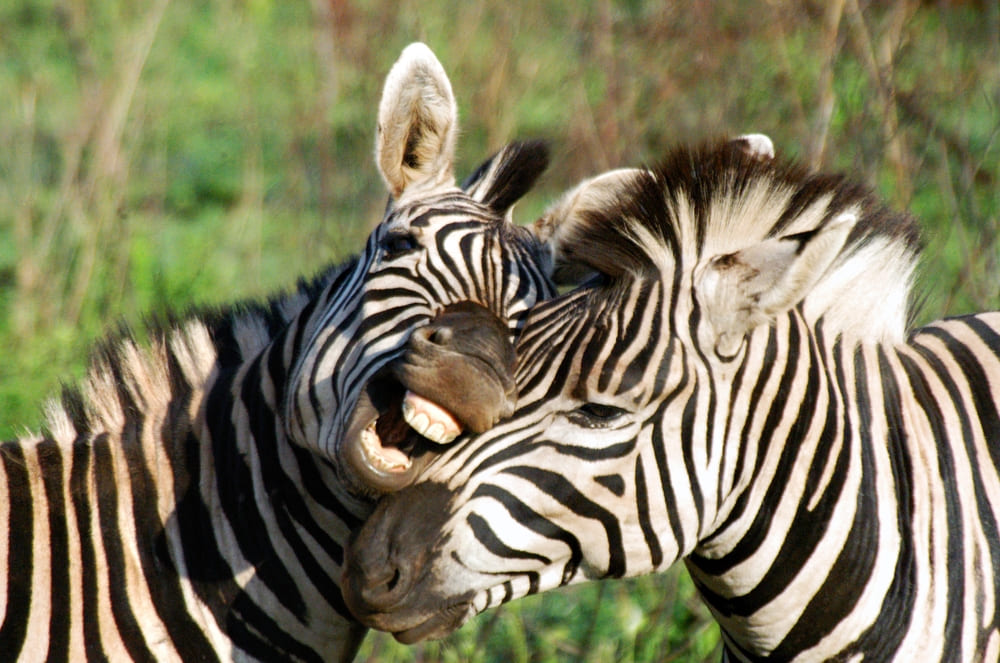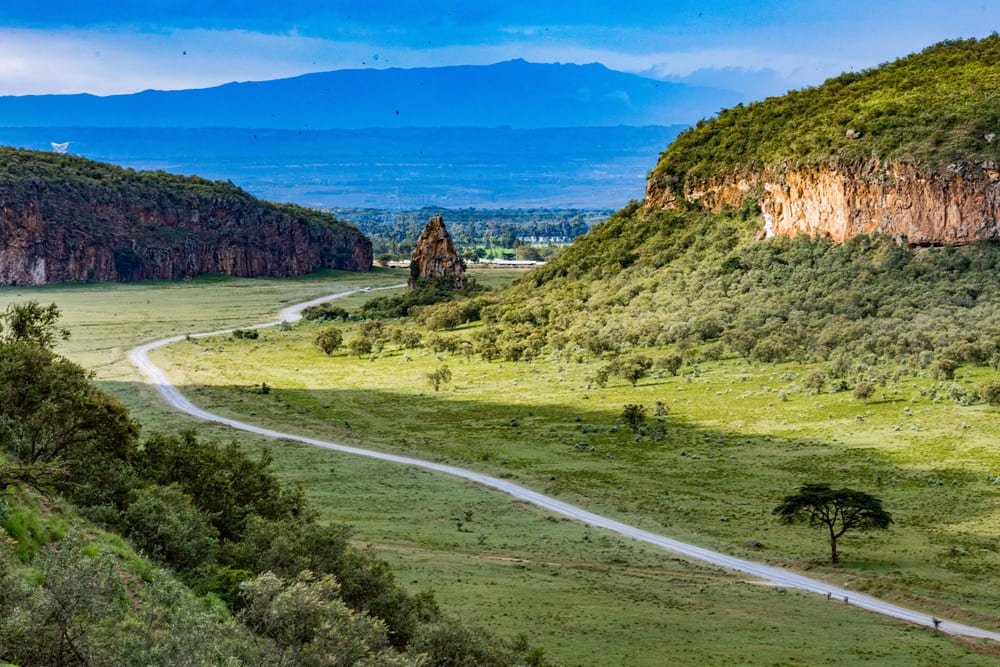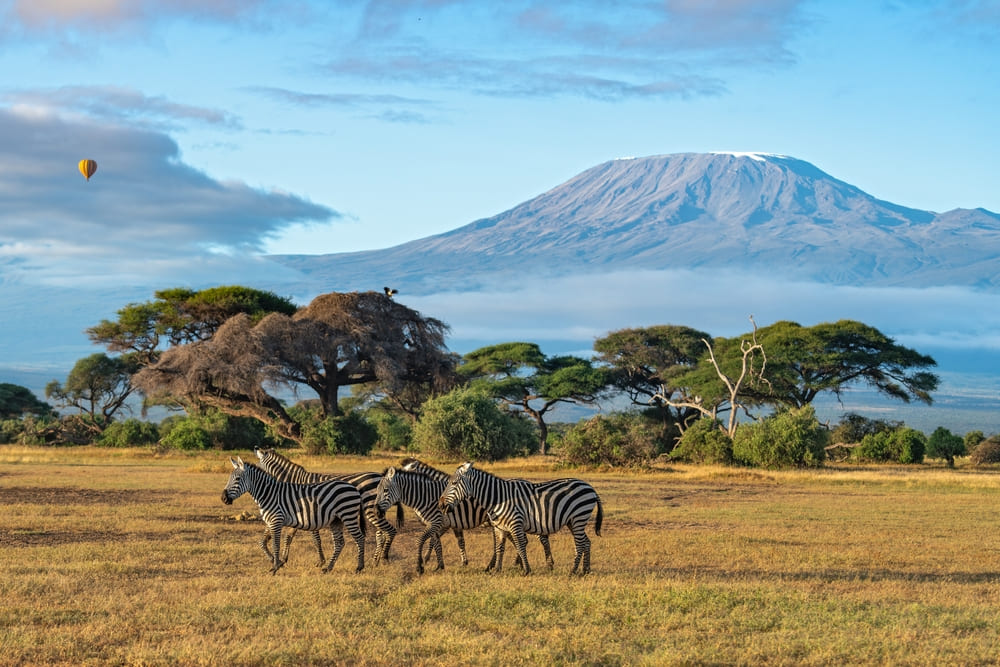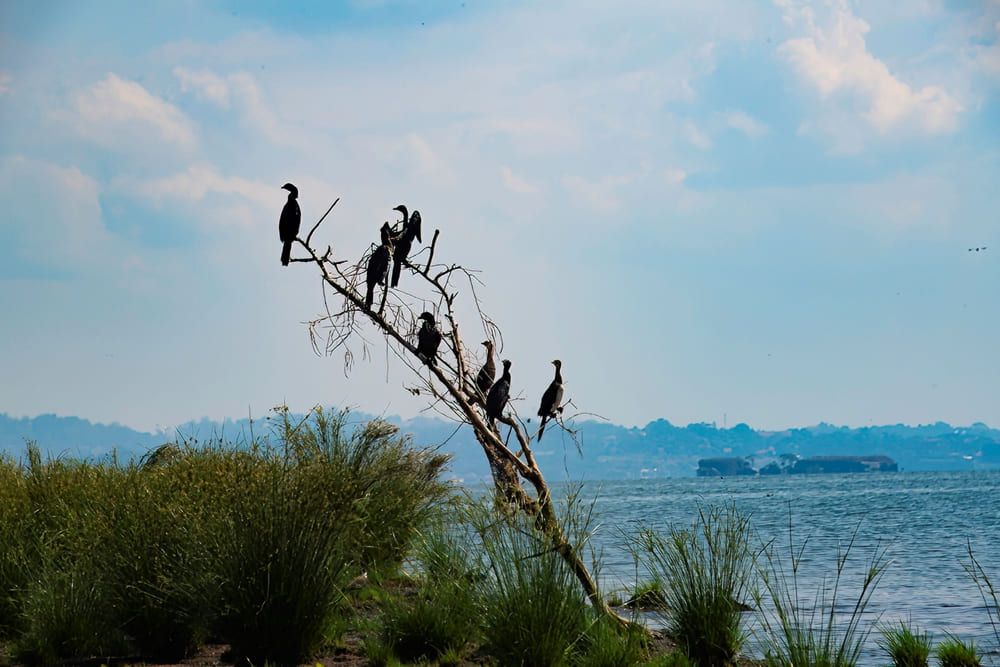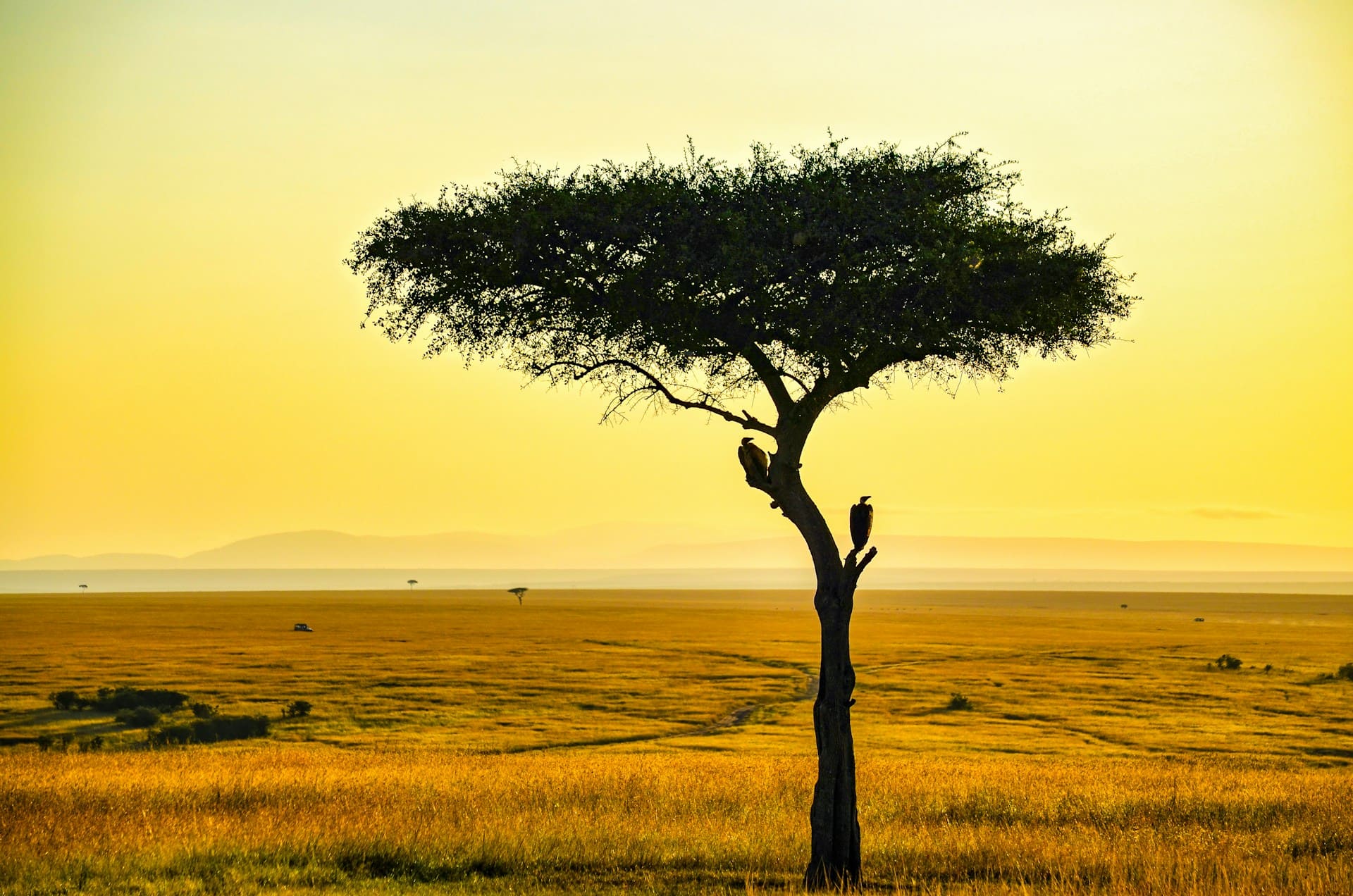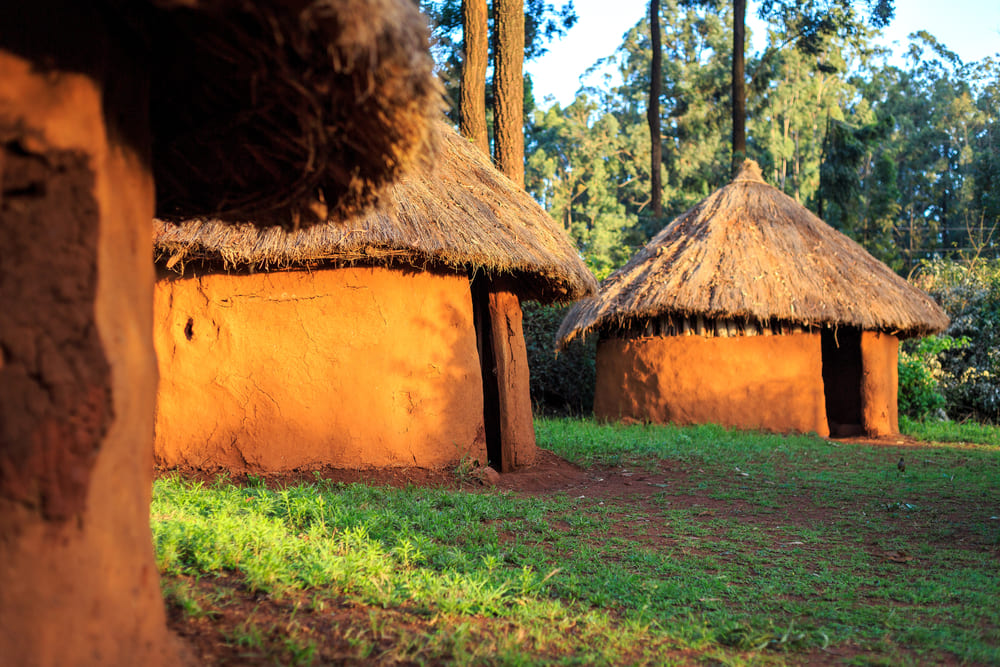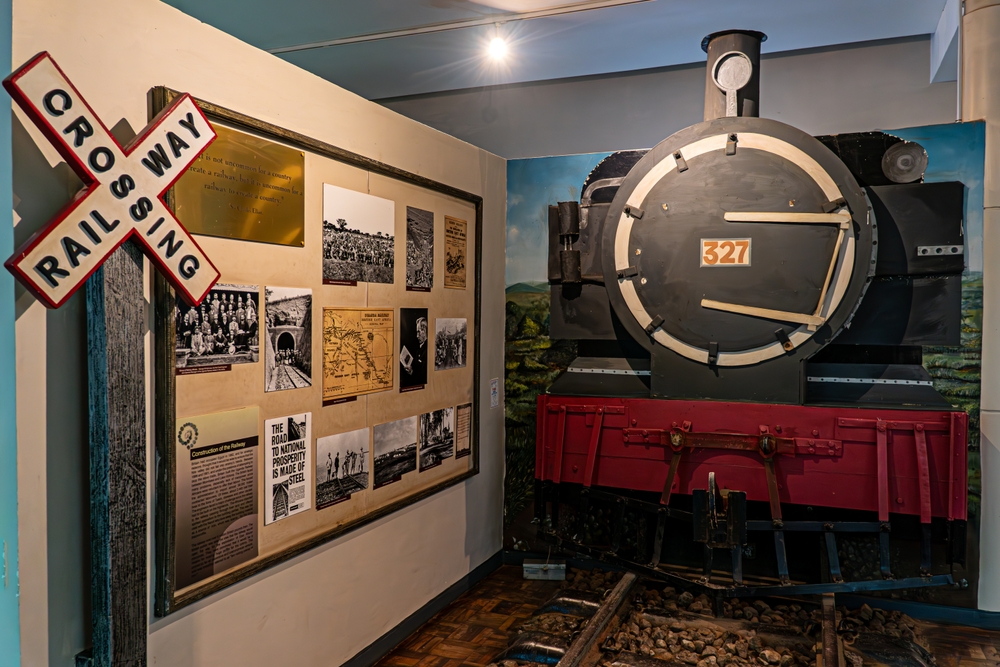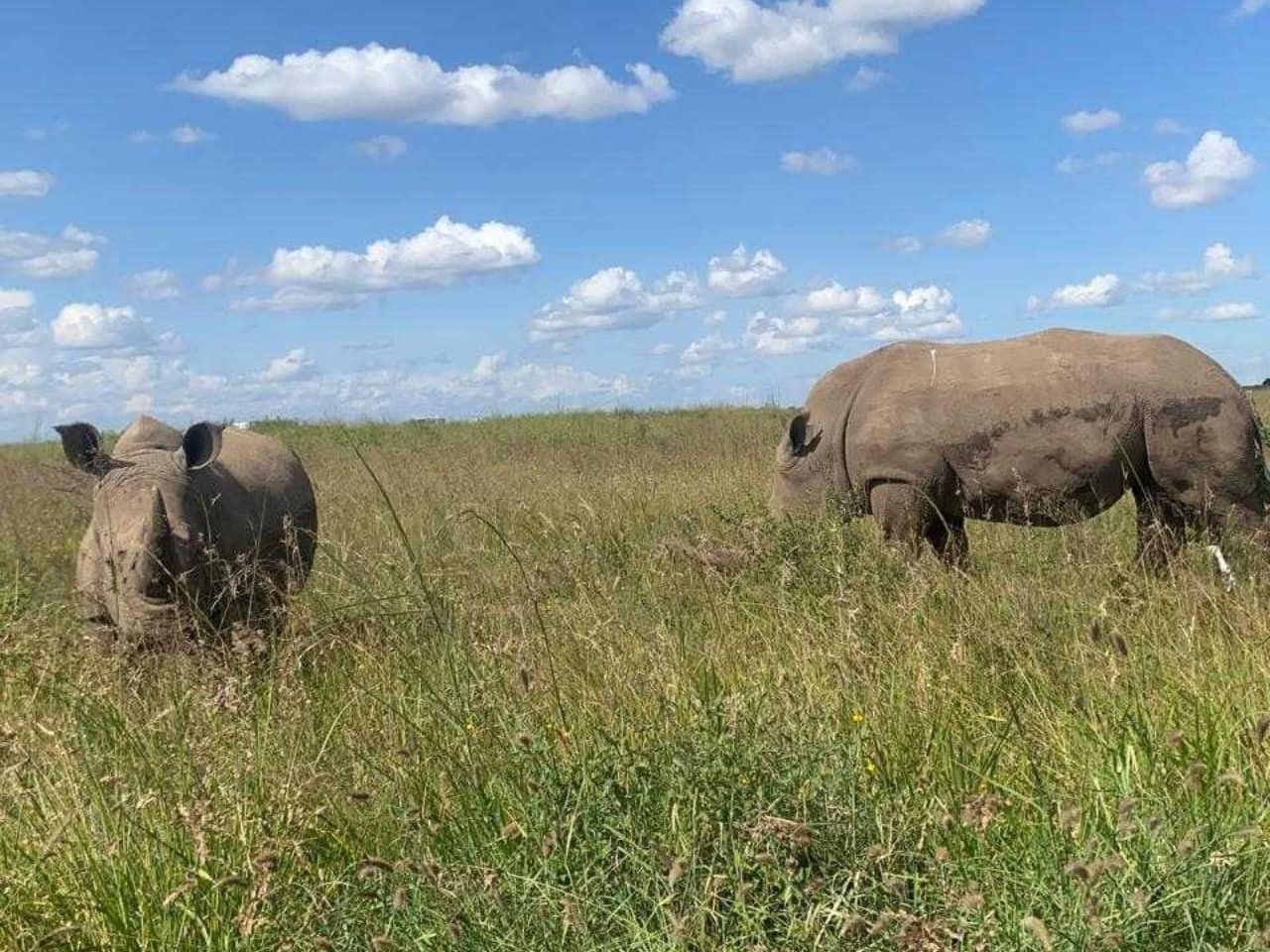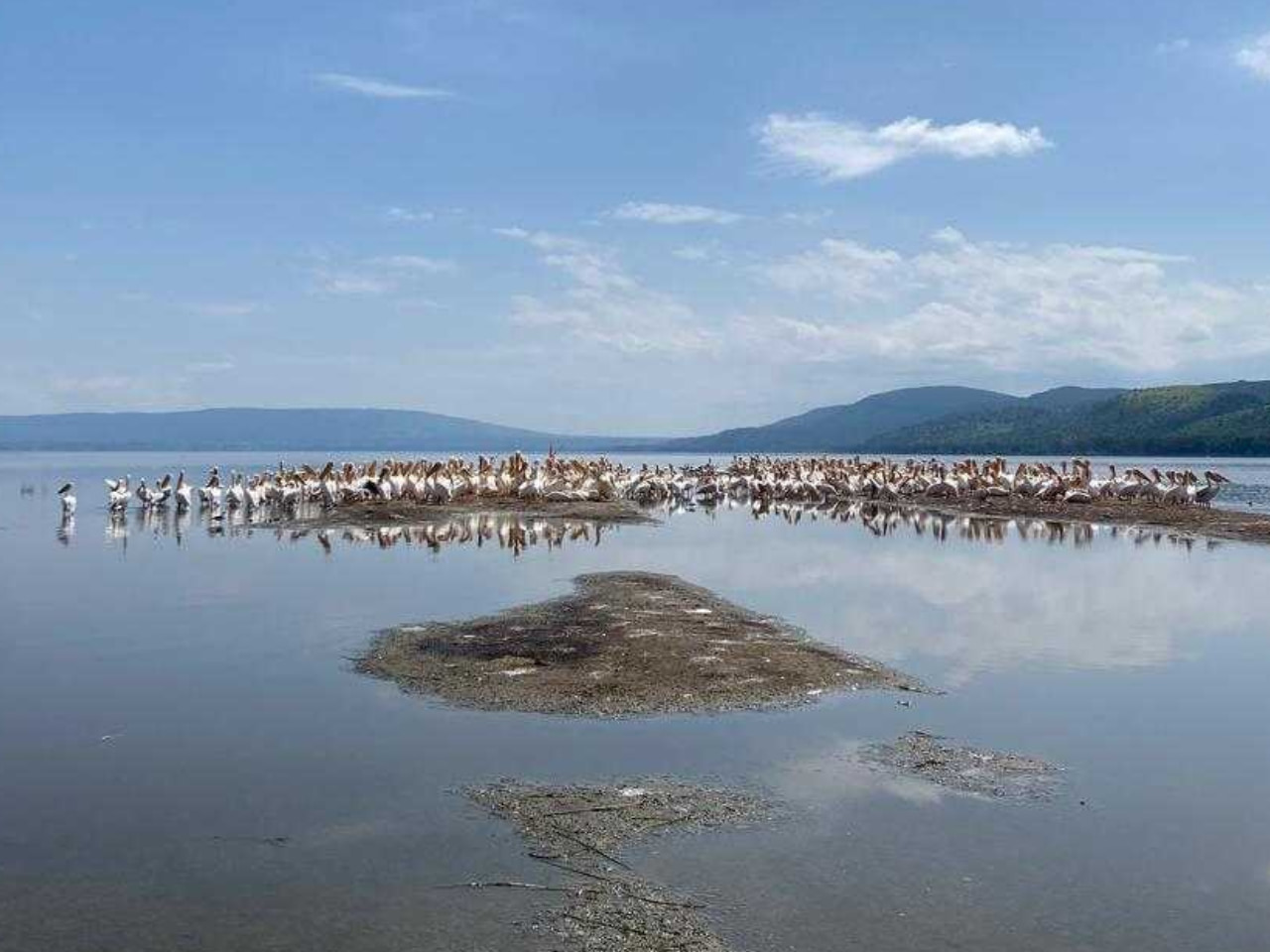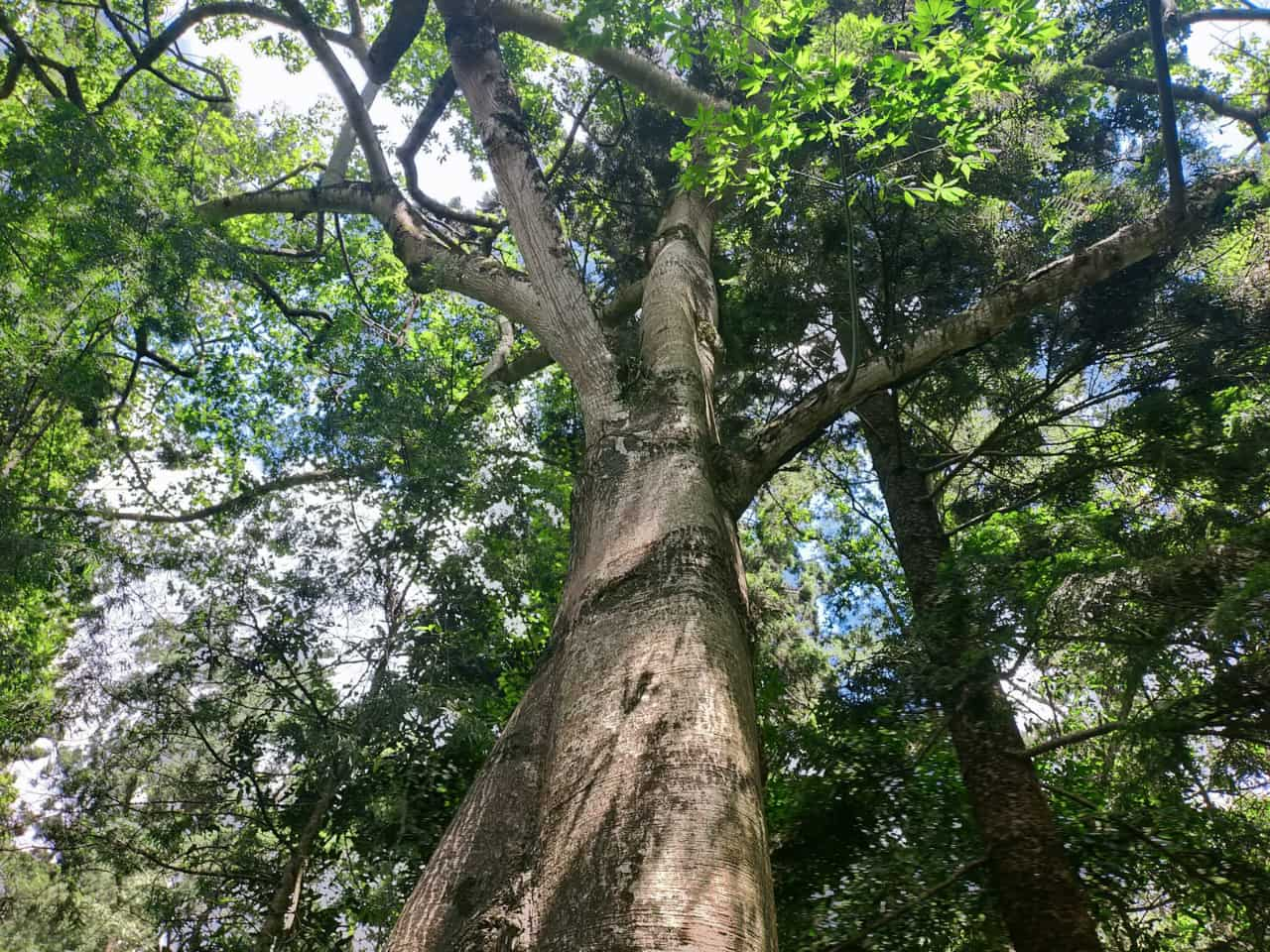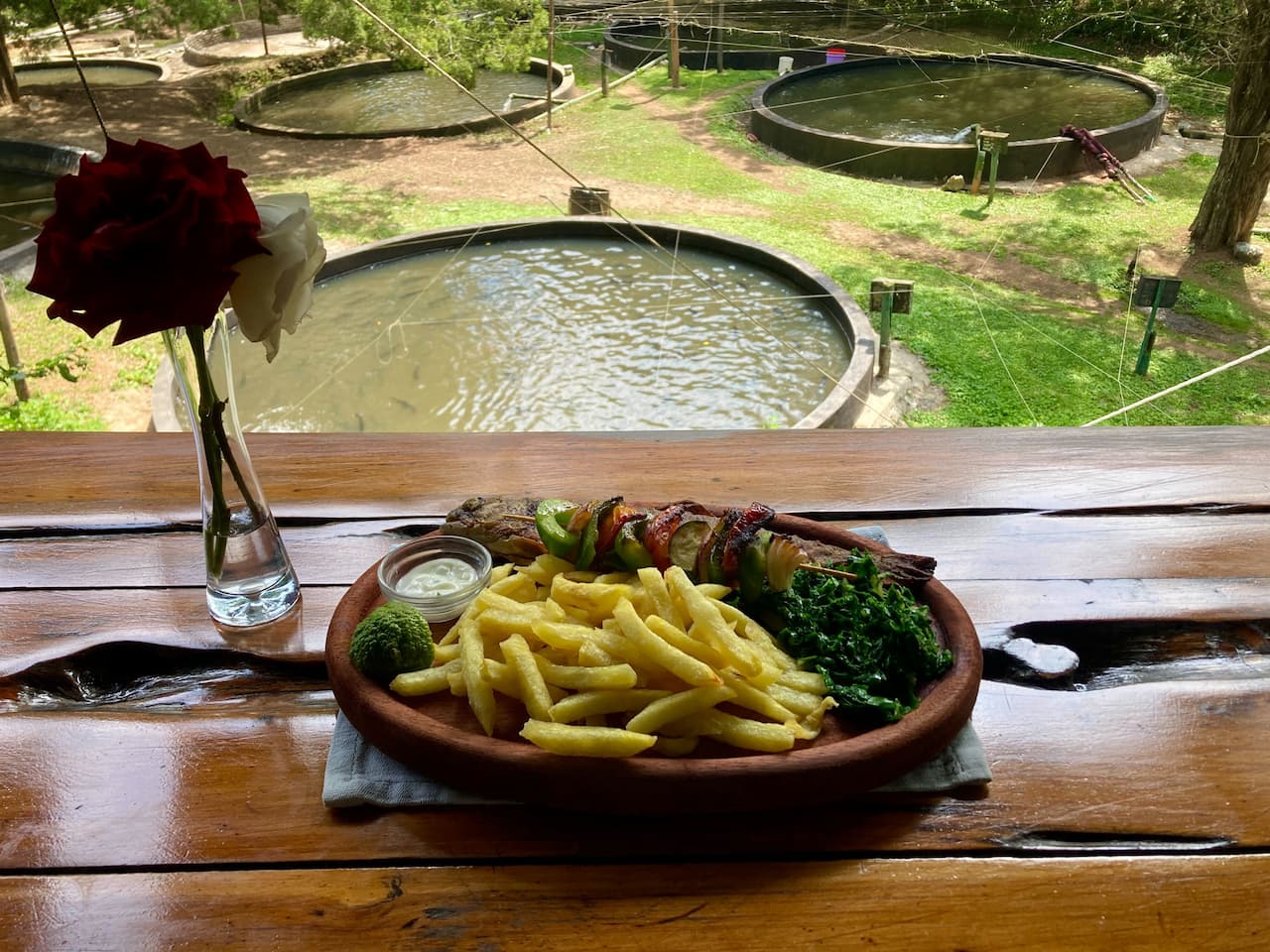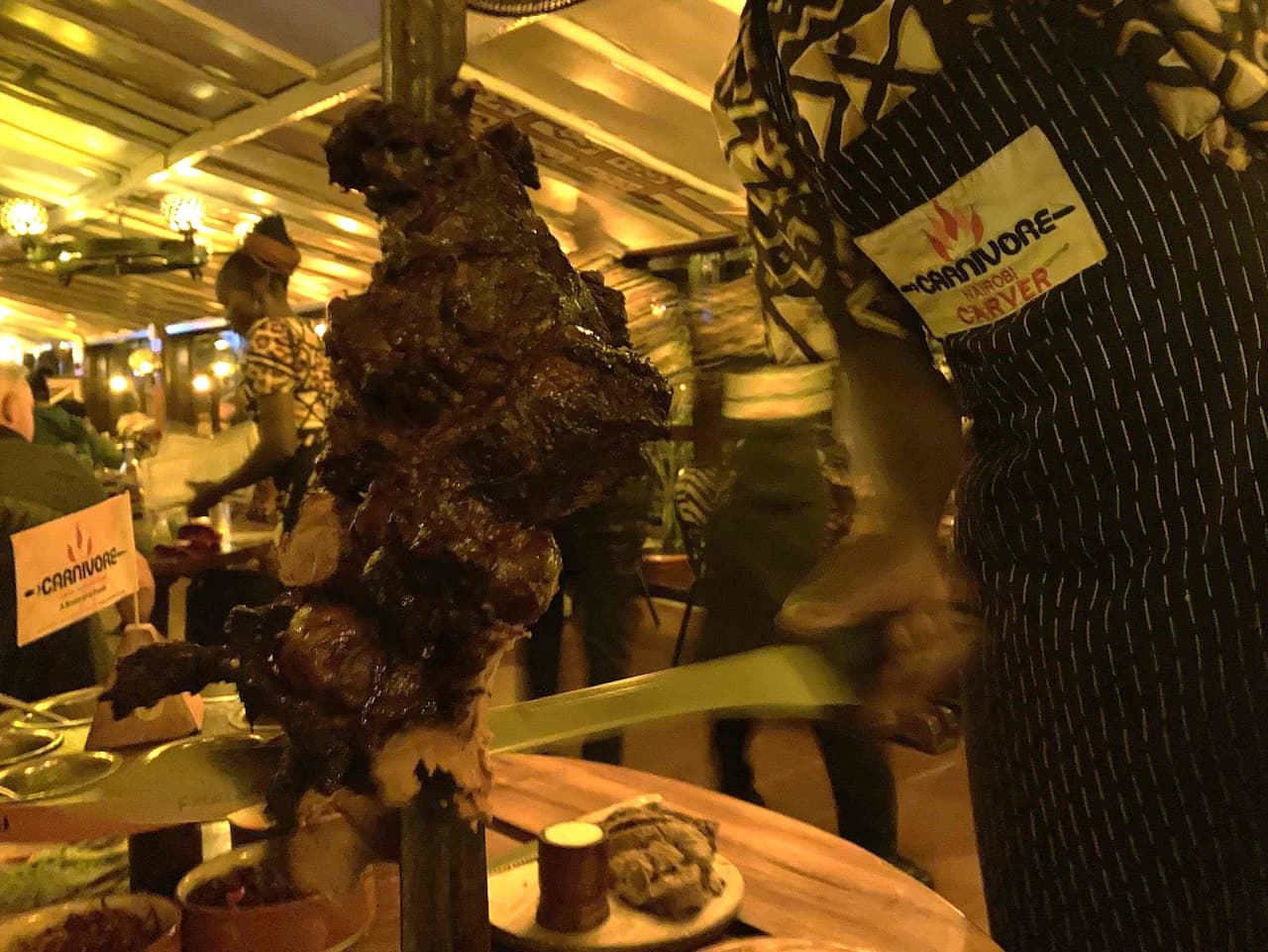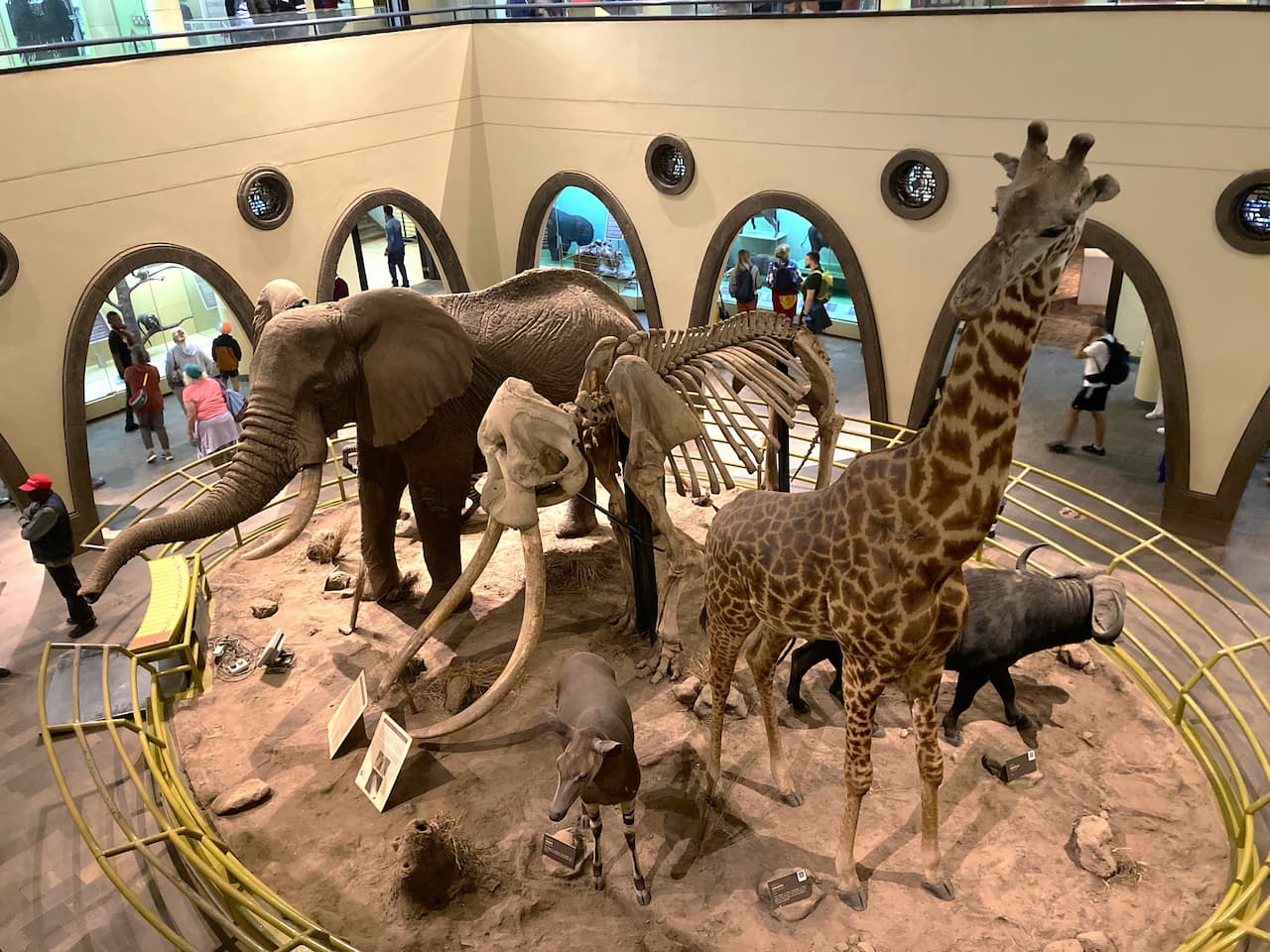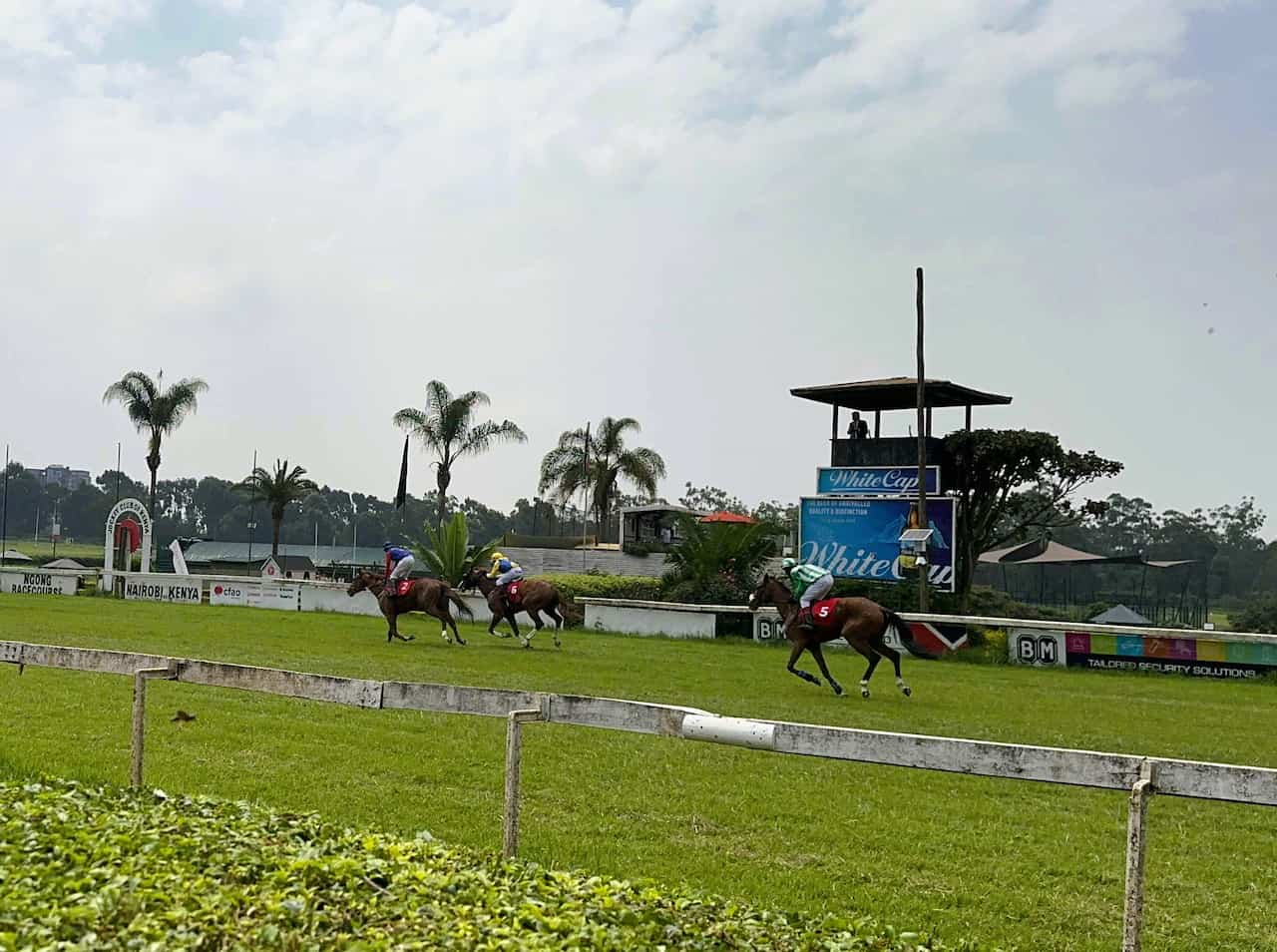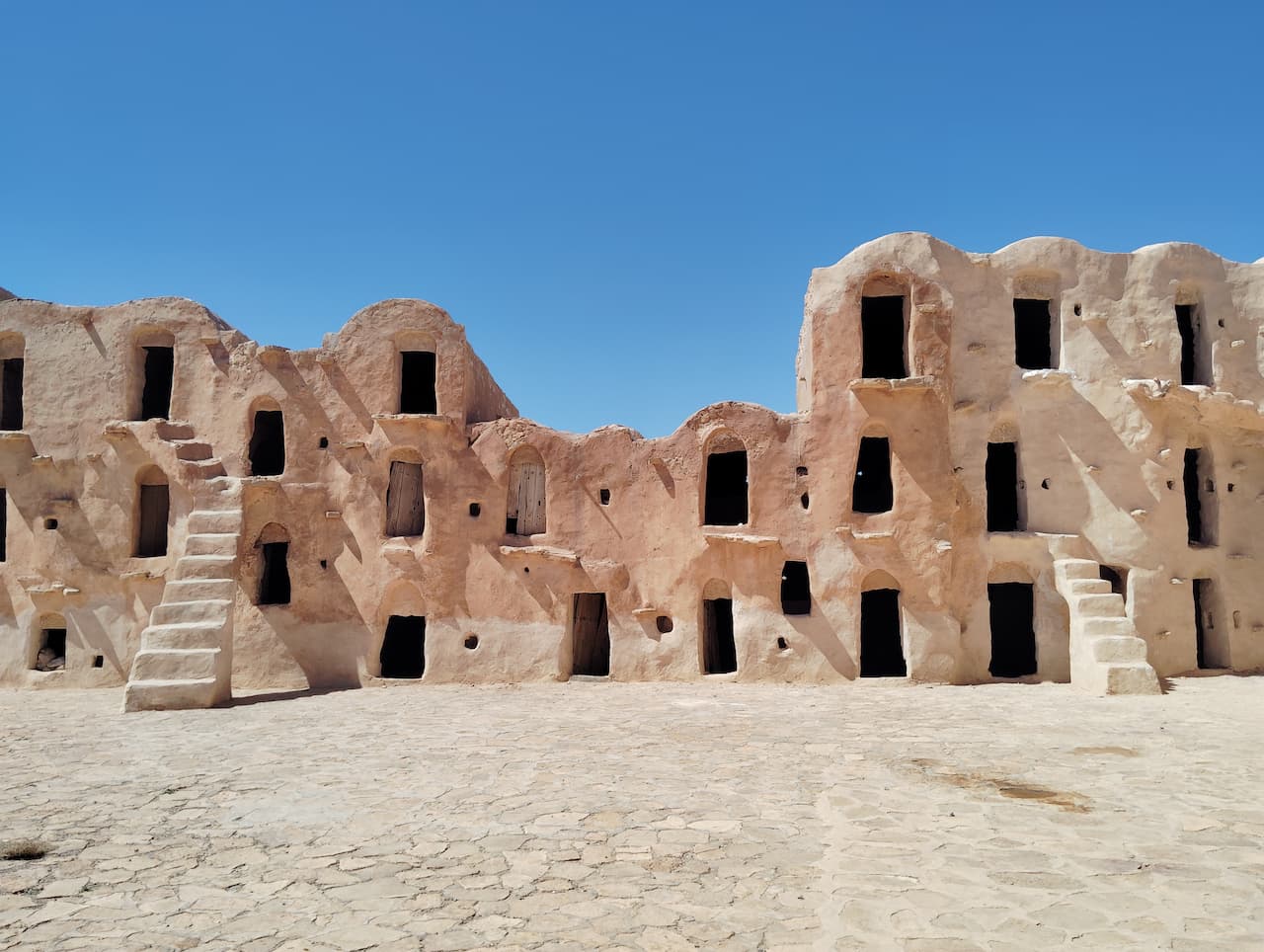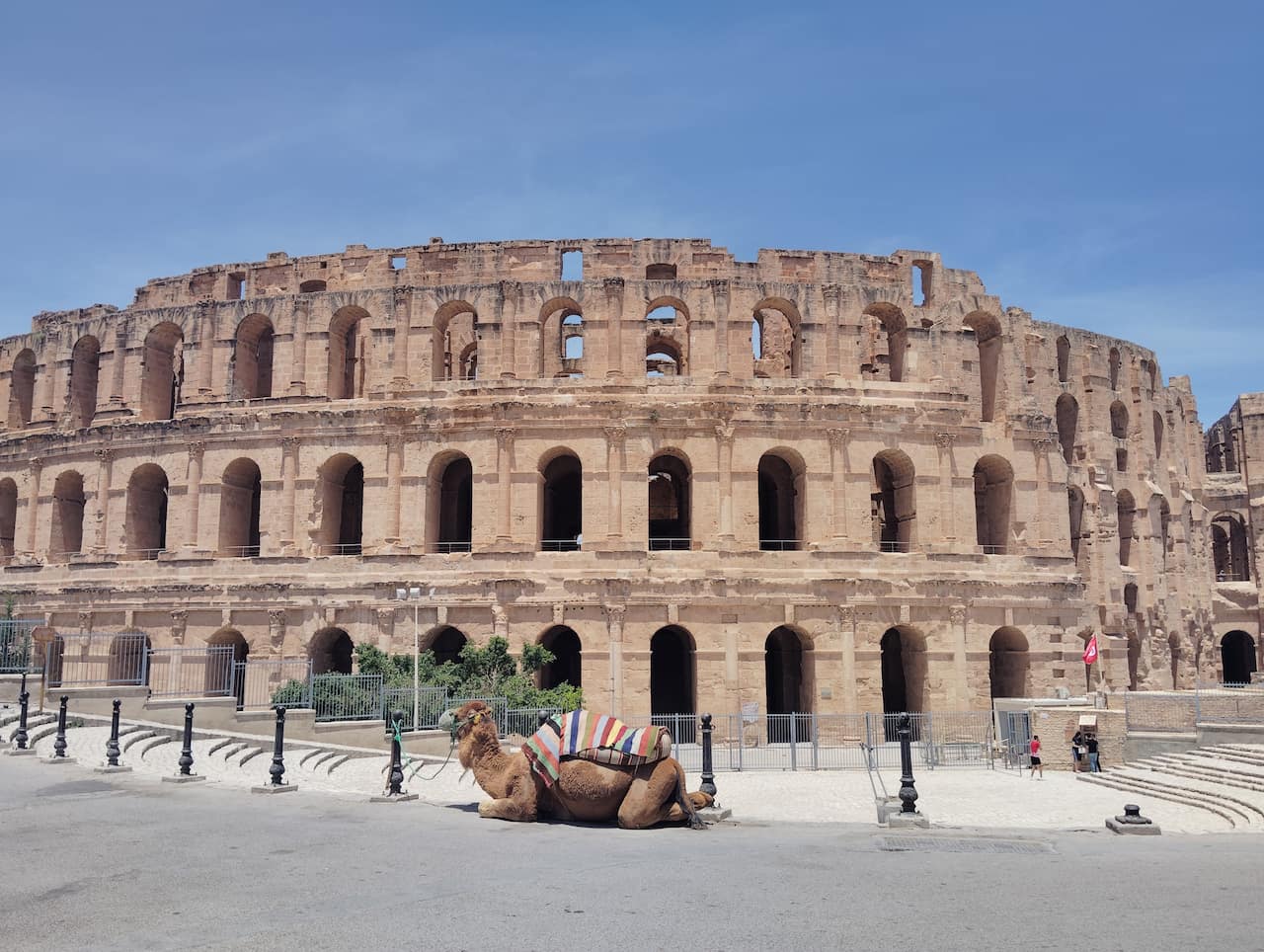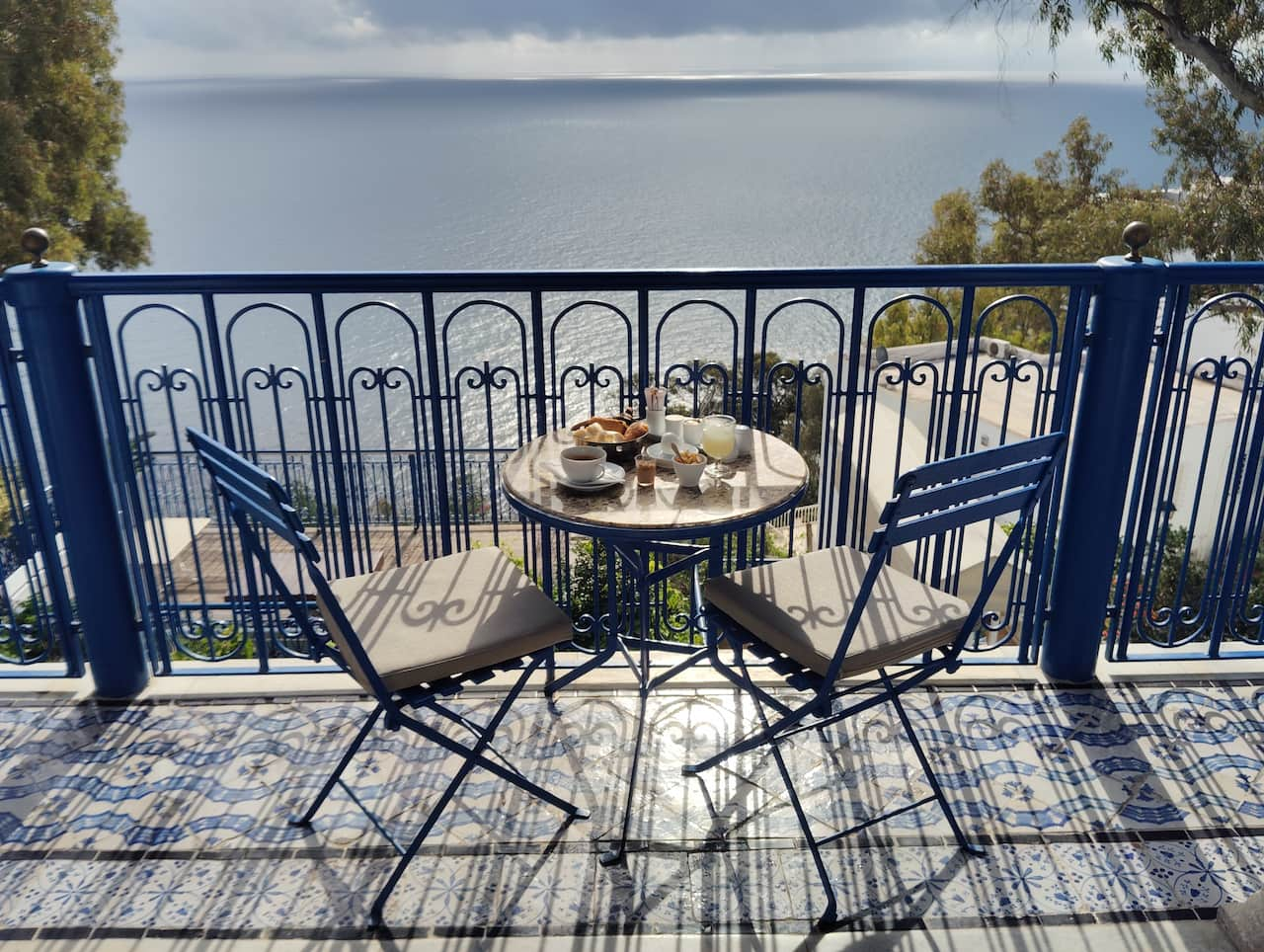Lamu Old Town is the best-preserved ancient capital of Swahili culture in East Africa, located on the island of Lamu in the Indian Ocean off the northern coast of Kenya. Its history dates back to the 14th century, and it flourished through Indian Ocean trade, and in 2001 it was declared a UNESCO World Heritage Site (cultural heritage) with a unique urban landscape that blends African, Arab, Persian, Indian and European cultures.
A treasure trove of Swahili culture: the intersection of Africa and the Arab world
Lamu Old Town is one of the most noteworthy Swahili cities that once developed as a trading hub for Arab merchants, especially for its traditional architecture and lifestyle that has been preserved to the present day. "Swahili" is a maritime culture with a background in the Islamic culture that developed on the east coast of Africa, and its characteristics are reflected in elements such as Swahili, Islam, delicate wood carvings, and stone houses.
Built of limestone, the houses are built using traditional methods of coral stone and lime, with thick walls and small windows adapted to the hot and humid climate of the tropics. The streets are maze narrow and winding, and modern cars cannot enter. Therefore, the means of transportation is Donkey and walking, and is also called the "town of donkeys". In fact, hundreds of donkeys are still used as a daily means of transportation on Lamu Island, and there is also a "Donkey Sanctuary" on the island.
Historic cityscape and architectural beauty
It can be seen everywhere in the old town Delicately carved wooden door and Arabian-style balconies and houses with Islamic courtyards are works of art that are the culmination of the handiwork of the Ram artisans. In particular, the traditional houses known as Swahili houses, with their thick stone walls, airy rooftop spaces and porches decorated with arabesque carvings, transport visitors to the medieval Indian Ocean trading era.
Typical historical buildings include Lamu Fort and Riyadha Mosque. Rum Fort was built in the early 19th century and is now a museum with exhibits about the history, culture and architecture of Lam. The Riya Mosque still serves as the religious center of the community and is the centre of the Maulidi Festival, a religious event held annually after Ramadan.
The Fusions of Culture and Life: Traditions Living in the Modern Age
The charm of Lam Old Town lies in the fact that it is not just an "archaeological site", but a "living town" where people still live, pray and do business. In the morning, the market is lined with fresh fish, fruits and spices, and the sounds of people's lives echo through the city. Prayers can be heard from the mosque, and in the narrow streets, donkeys walk slowly, pulling their luggage. Such a view is not only exotic for tourists, but also brings a strange sense of tranquility and security, as if time has stopped.
Also, Ram A town of arts and craftsmanship It is also. The handicraft culture is still preserved, with delicate carvings, embroidery, basket weaving and Swahili furniture making by local woodworkers, and tourists can also tour these workshops and purchase traditional crafts.
Traditions & Festivals
Lamu Old Town hosts a variety of traditional and cultural events throughout the year. The most famous is the Maulidi Festival, a religious Islamic event celebrating the birth of the Prophet Muhammad. Pilgrims from all over Kenya gather to recite poetry, music, dance and parade in traditional costumes, creating a festive atmosphere throughout the city.
In recent years, the Lamu Cultural Festival has also been held, offering a variety of cultural experiences, including the traditional Swahili rowing race "Dhow race", water buffalo races, traditional food tastings, poetry and music performances.
Access and Tourism Tips
Lamu Island can be reached by domestic flight from Nairobi or Mombasa to Manda Airport, from where it takes about 15 minutes by boat. There are no large hotel chains, but rather smaller boutique hotels and guesthouses, many of which are quaint renovated traditional buildings. Tourists can enjoy cultural experiences, architectural viewing, local cuisine, and seaside activities in a relaxed atmosphere.
summary
Lamu Old Town is the pearl of the Swahili civilization on the east coast of Africa. Its beautiful architecture, deep history, and culture of life are not just tourist destinations, but also proof that the diverse cultures of humanity have intersected and merged. For travellers looking to escape the hustle and bustle of modern society and surrender to the tranquil flow of time and the Swahili winds, Lamu Old Town is the ideal destination.
